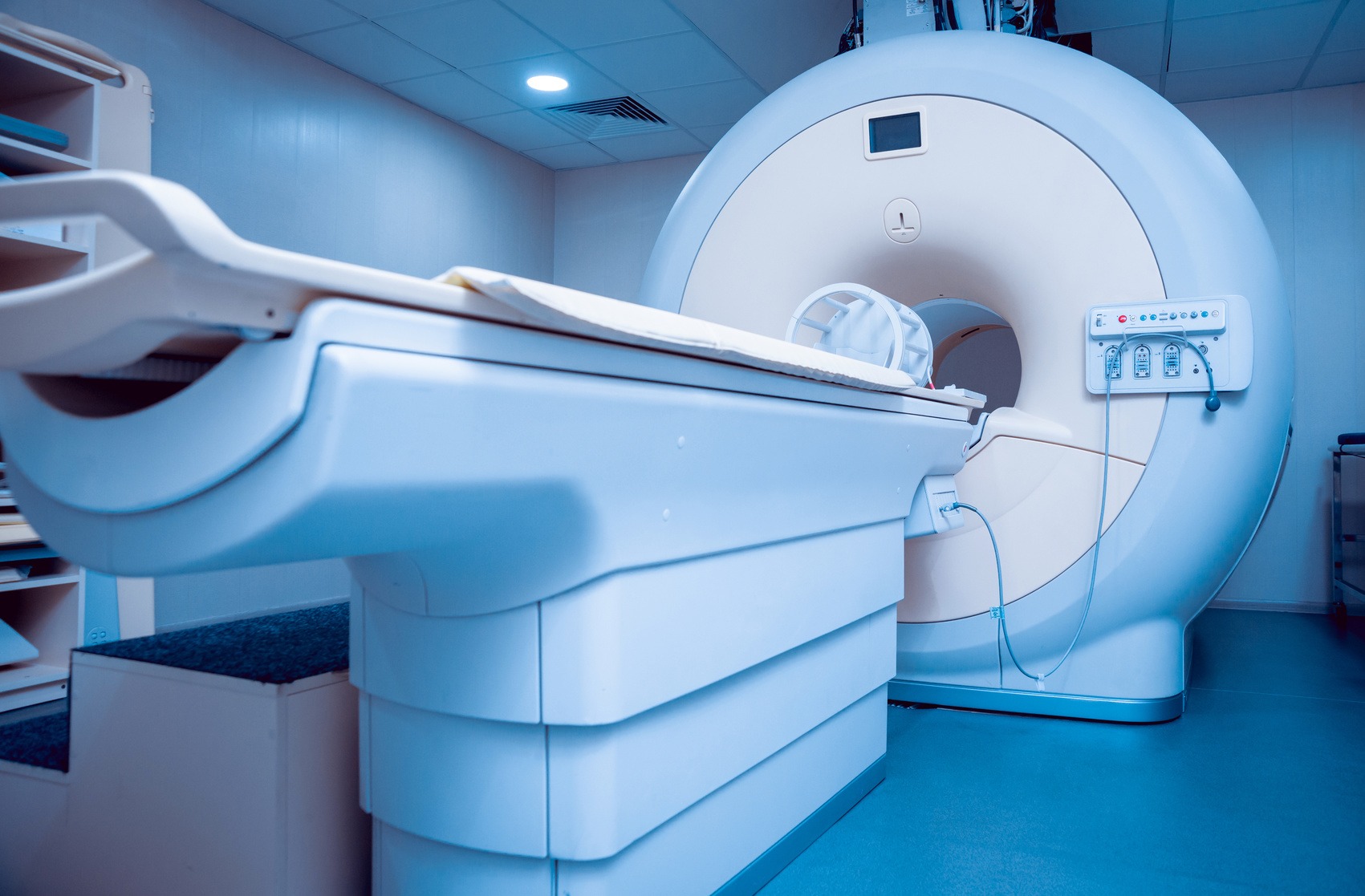
Magnetic resonance imaging (MRI) is a type of medical imaging that generates pictures of the inside of the body using magnetic fields and radio waves. Doctors use MRIs to diagnose a host of injuries and illnesses, from spinal cord injuries to multiple sclerosis to cancer.
An MRI can lead to a medical malpractice lawsuit if a healthcare professional misreads the results, causing the patient to receive an improper diagnosis that delays or prevents getting care for their condition.
If a doctor misdiagnosed or failed to diagnose your condition due to an MRI error, a medical malpractice lawyer can help. Call us at 888-526-8947.
Why Doctors Perform MRIs
Healthcare professionals perform MRIs because it is a highly effective, non-invasive, and low-risk way to see what is going on inside a patient’s body. Without MRIs, it would be much more difficult to diagnose a host of serious internal conditions, such as aneurysms and cancerous tumors.
Performed correctly, an MRI produces a clear, vivid, high-resolution image of the part of the body under examination, such as the chest or spinal cord. A healthcare professional may then examine the MRI results for abnormalities. From there, the doctor may make a diagnosis.
Risks of MRIs
Most issues that stem from MRIs happen not because of the test itself but because of a healthcare professional misread or misinterpreted its results.
In rare cases, however, an MRI can pose risks to the patient. Specifically, a patient with metal in his or her body may experience complications from an MRI. A healthcare professional has a duty to find out if a patient has any of the following:
- A prosthetic joint made of metal
- An artificial heart valve
- An implantable defibrillator
- A pacemaker
- Metal clips
- Cochlear implants in the ear
- A bullet or shrapnel embedded in the body
Even certain tattoos may contain traces of metal that can react poorly with the magnetic fields of an MRI. Pregnant women should be wary of receiving an MRI, as the effects of magnetic fields and radio waves on a developing fetus are unclear.
Call Newsome | Melton Today at 888-526-8947 — Free Medical Malpractice Consultation
If a healthcare professional misread your MRI, resulting in a misdiagnosis, or you suffered an injury during the test itself, you may have grounds for a medical malpractice lawsuit.
If you or someone you love has been a victim of medical malpractice or negligence, a lawyer from Newsome | Melton can help you hold the responsible party liable and collect the compensation you deserve. Our medical malpractice attorneys fight for the rights of injured victims.
For a free, no-risk case evaluation, call our team at 888-526-8947.
Magnetic Resonance Imaging (MRI) - Frequently Asked Questions

When you are conscious but unable to move, you can understand what is going on around you but cannot easily express your thoughts to others. This can create a frustrating situation, mainly when, along with being conscious, you can see and hear clearly. With full cognitive function and the ability to understand conversations, you invariably
Read More
Malpractice cases are notoriously complex and difficult to litigate, so it is essential you go about it the right way. In most medical malpractice situations, there are a few things you should consider doing before calling a medical malpractice lawyer and filing suit: Learn about the statute of limitations in your state Talk to the
Read MoreMagnetic Resonance Imaging (MRI) - News Articles

Last week around 30 outraged Kolkata citizens violently attacked a hospital in India after the death of Kuheli Chakraborty, a four-month-old infant. The enraged mob reportedly cracked the glass doors at the entrance of the facility prompting police intervention to break up the protesters. Kuheli’s parents allege that if not for the negligence of doctors
Read More
Last year, The Missouri Supreme Court struck down a legislative cap set on the amount awardable for “pain and suffering” in medical malpractice suits, ruling that the cap violated a patient’s right to a jury trial, according to the St. Louis Post-Dispatch. The cap was originally set at $350,000 and was established in 2005. Recently,
Read More